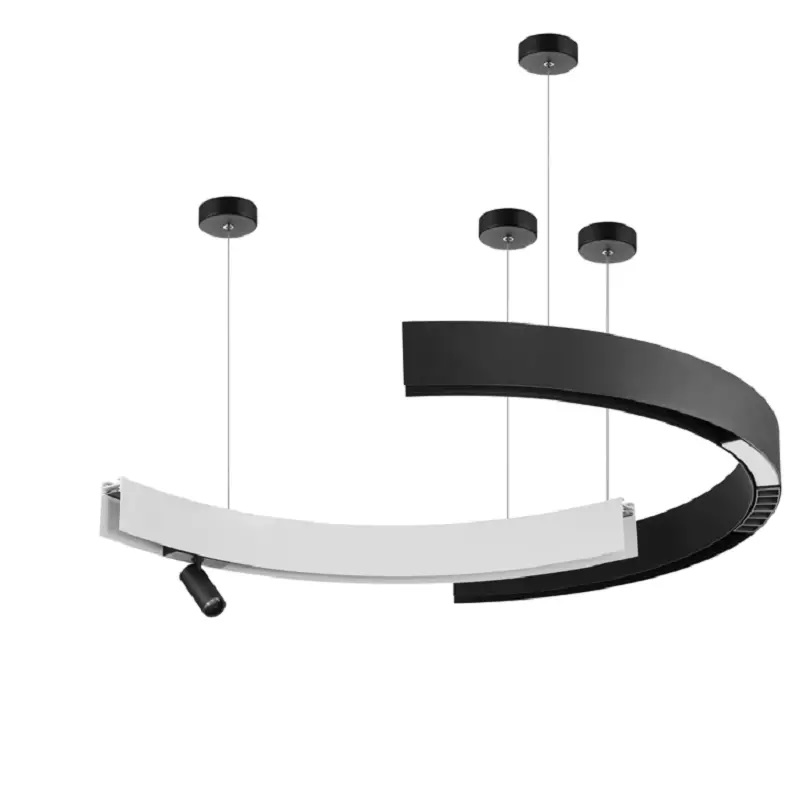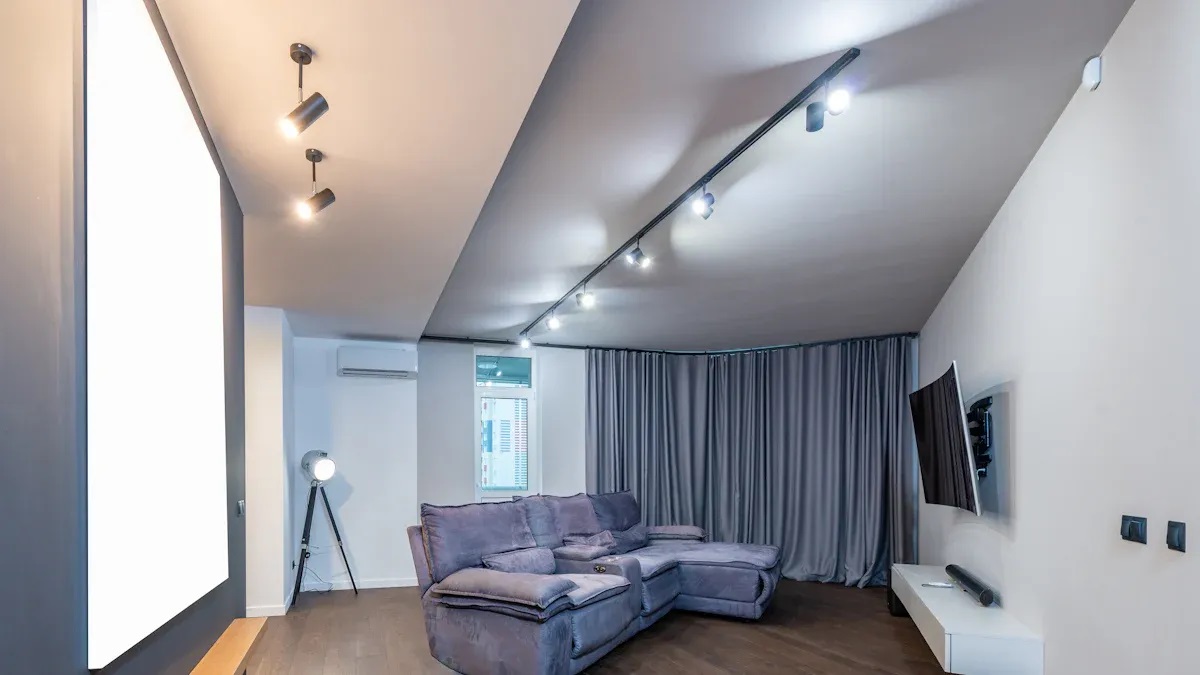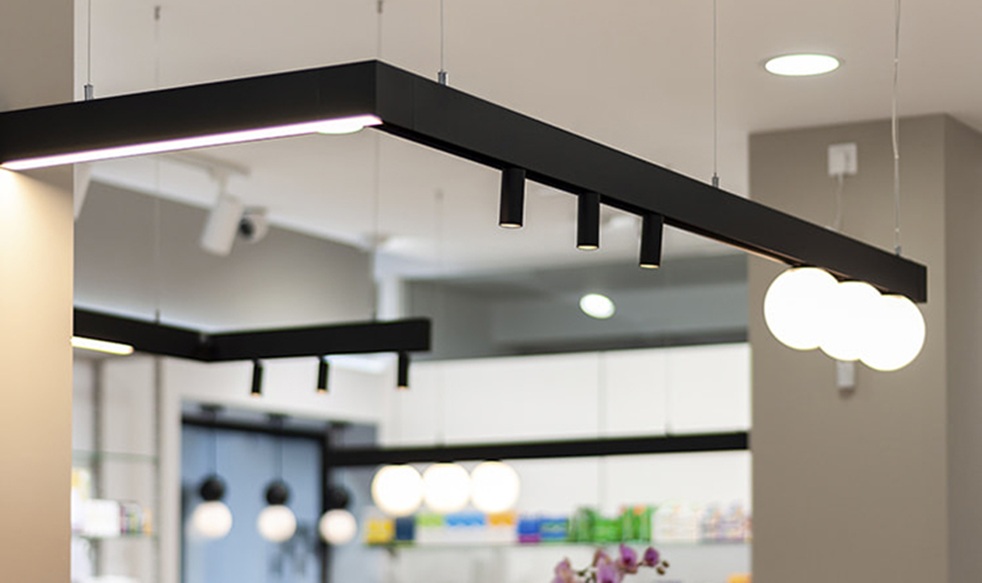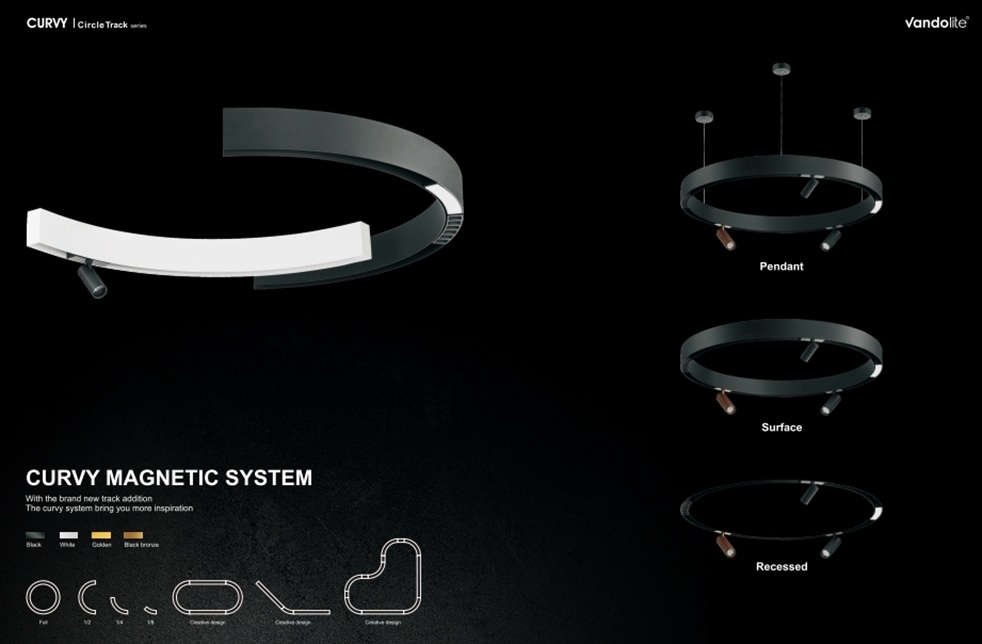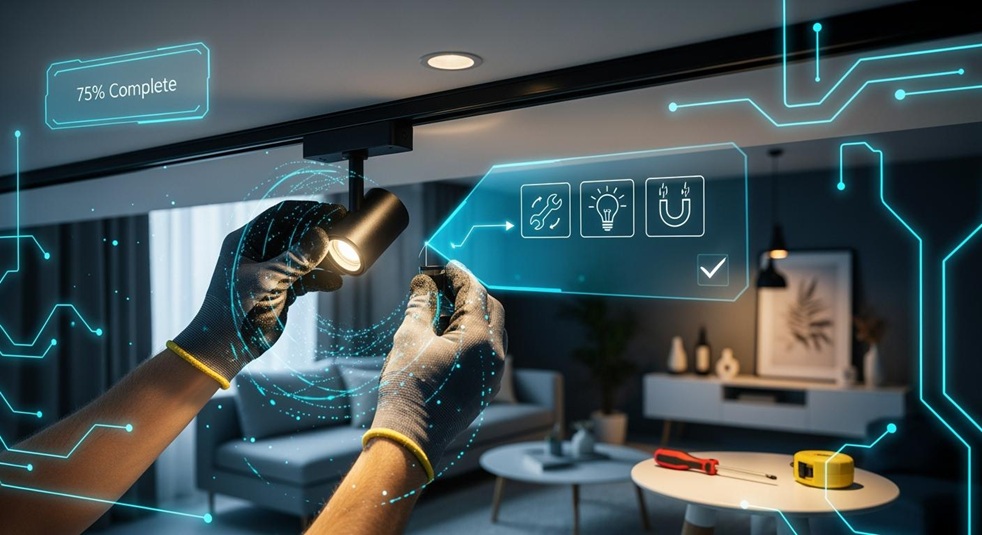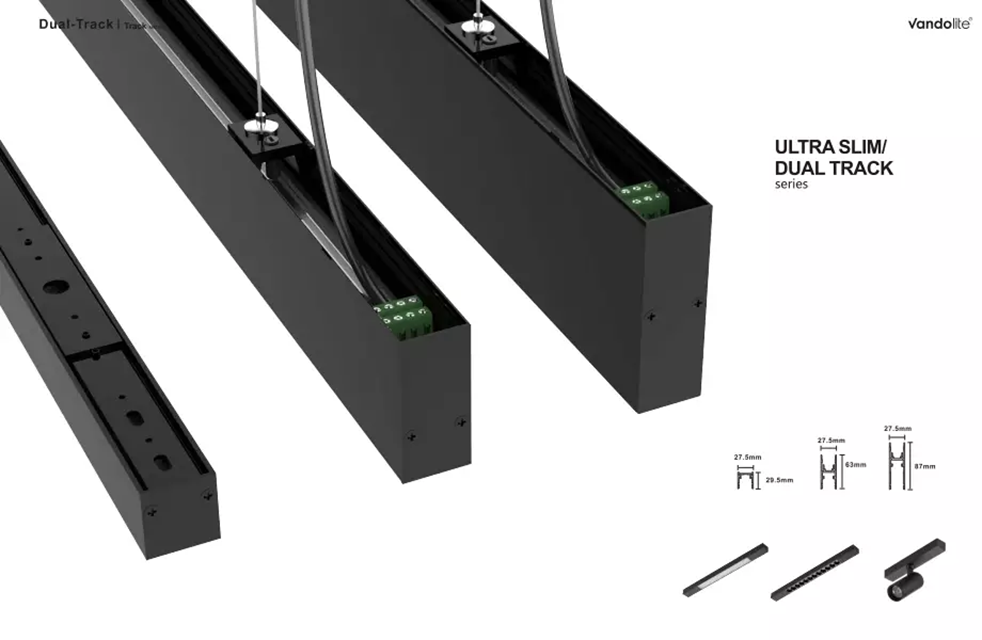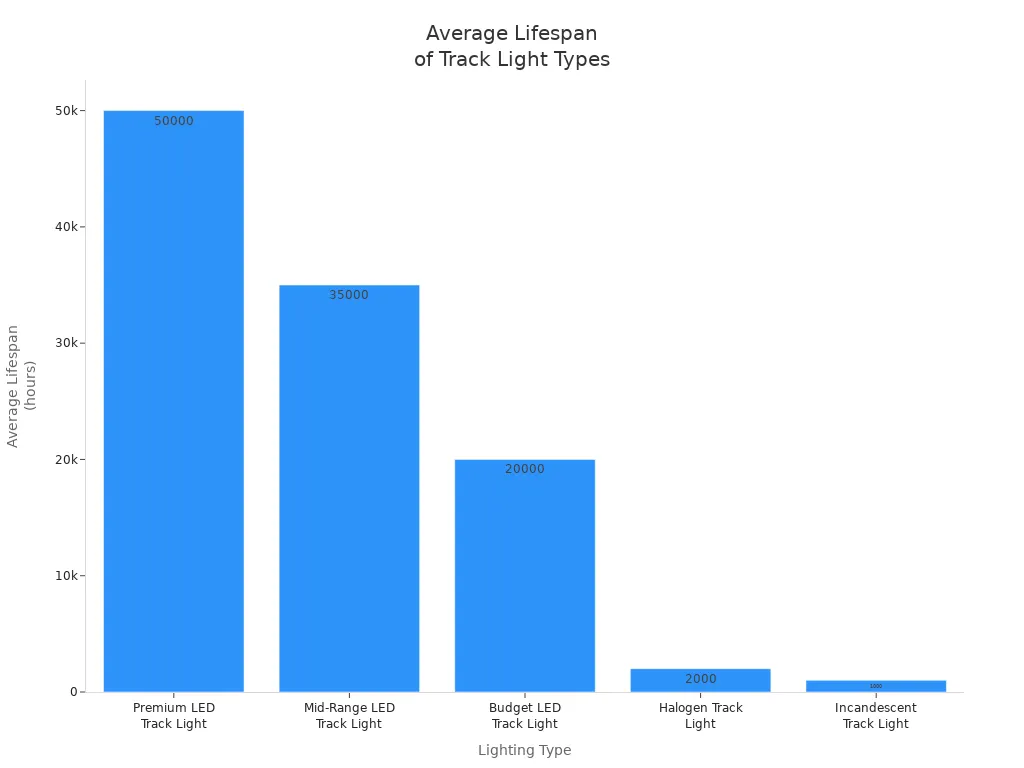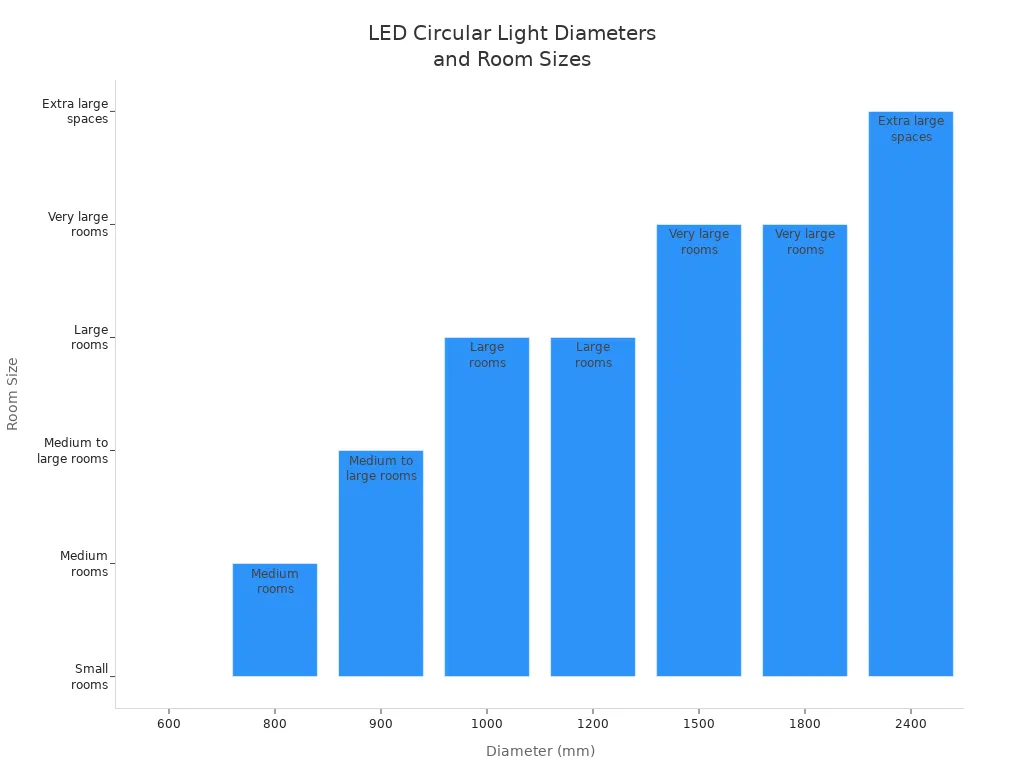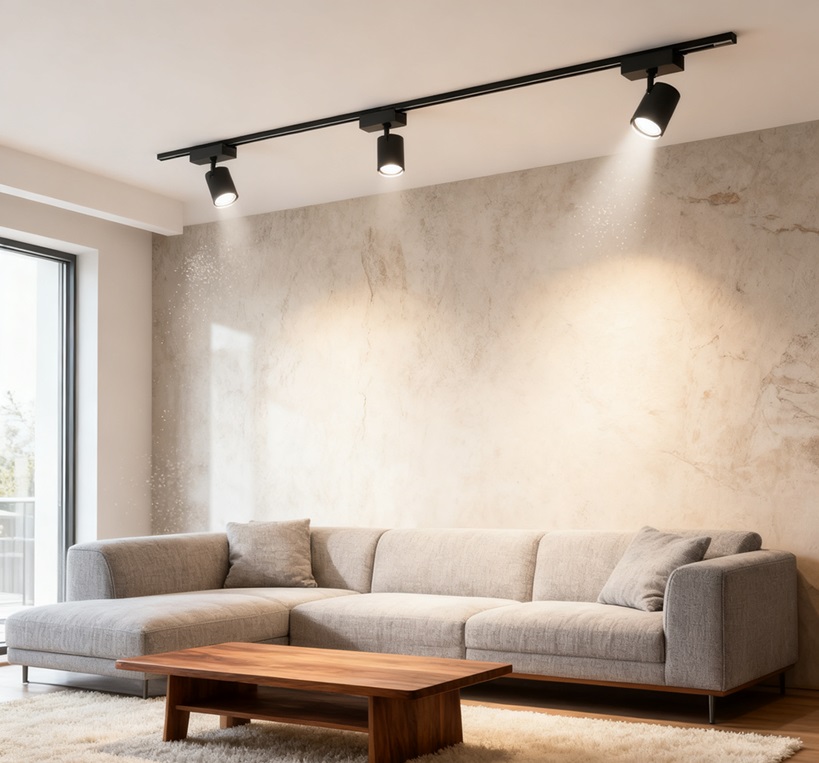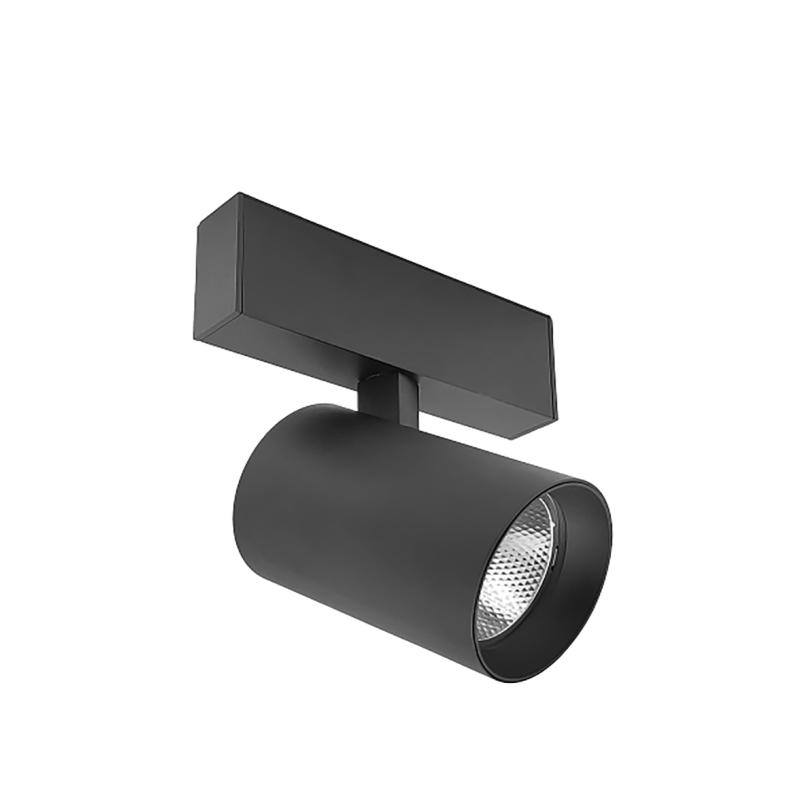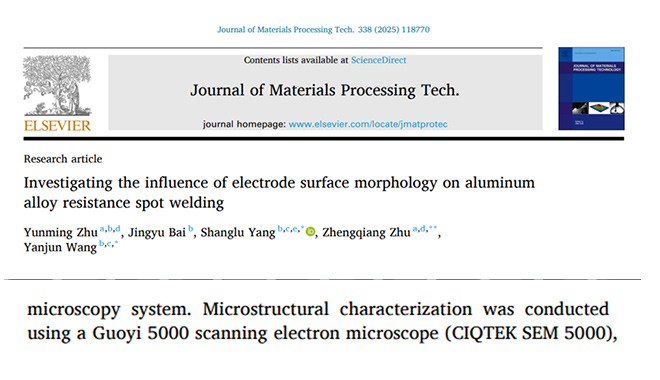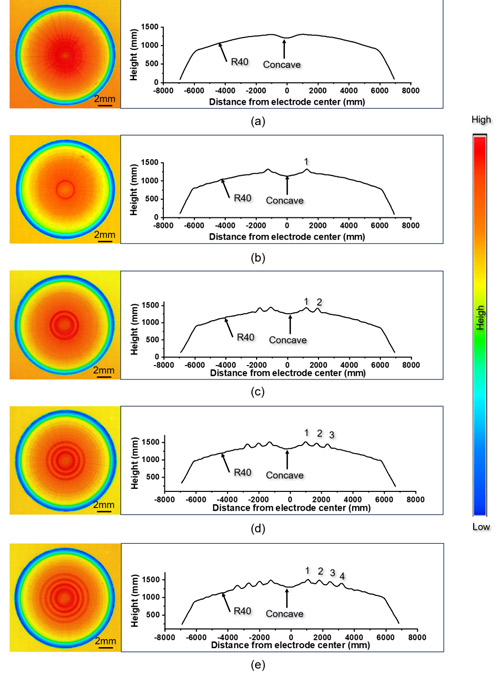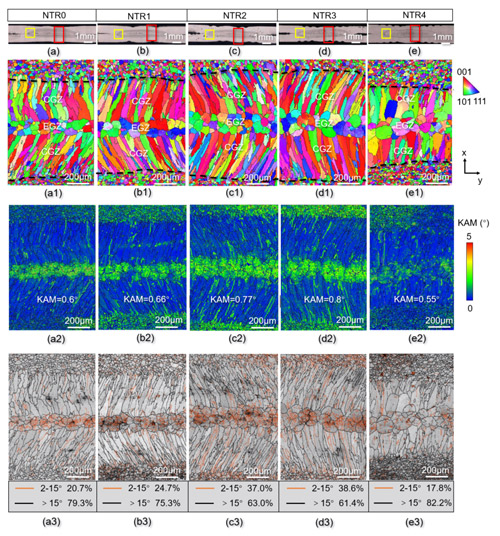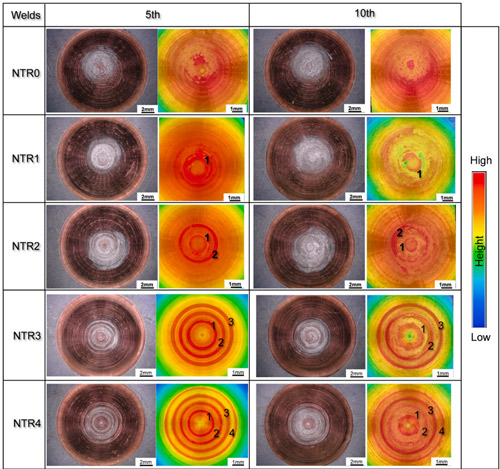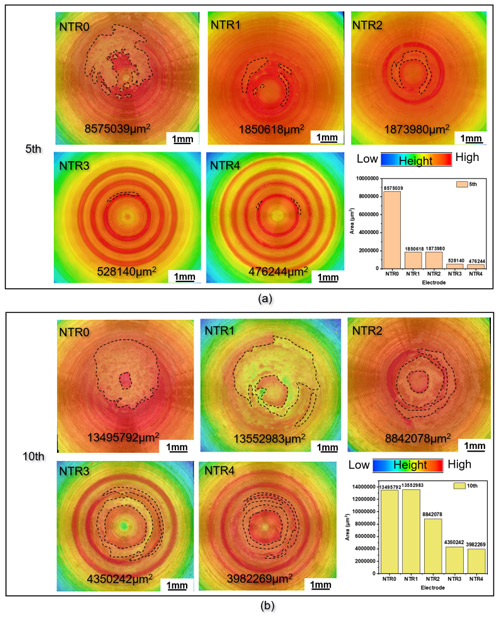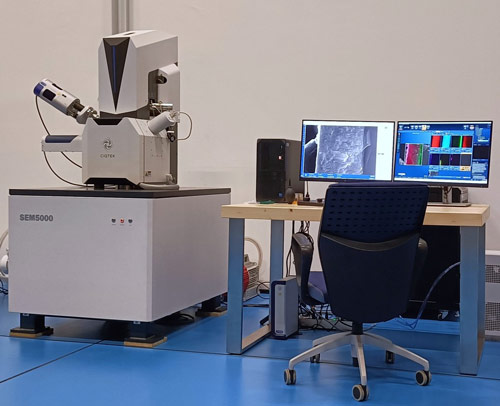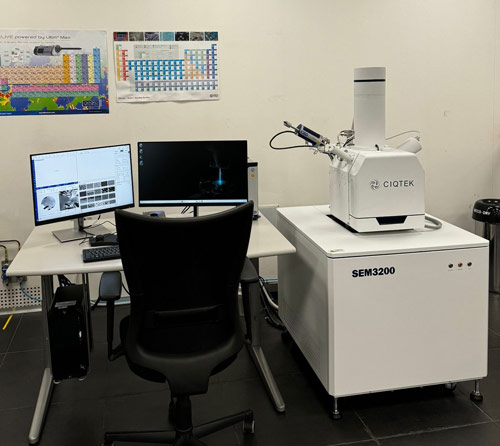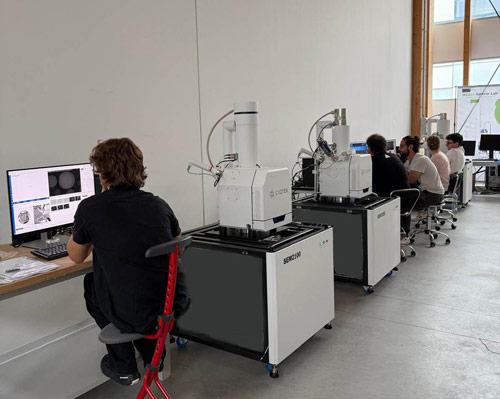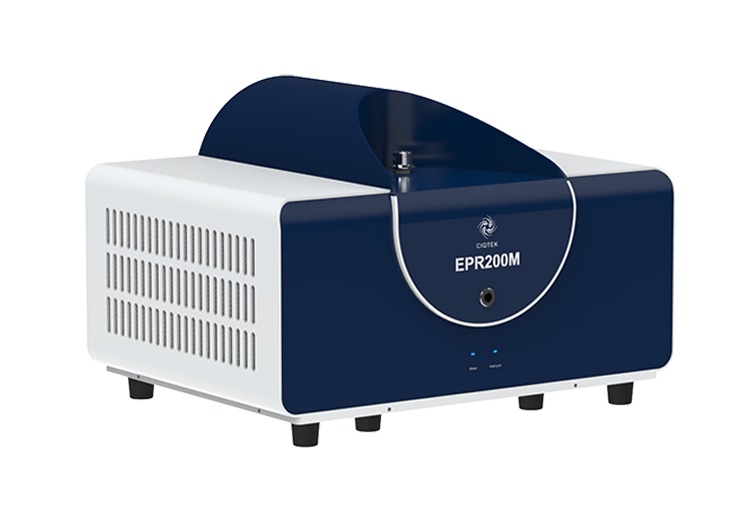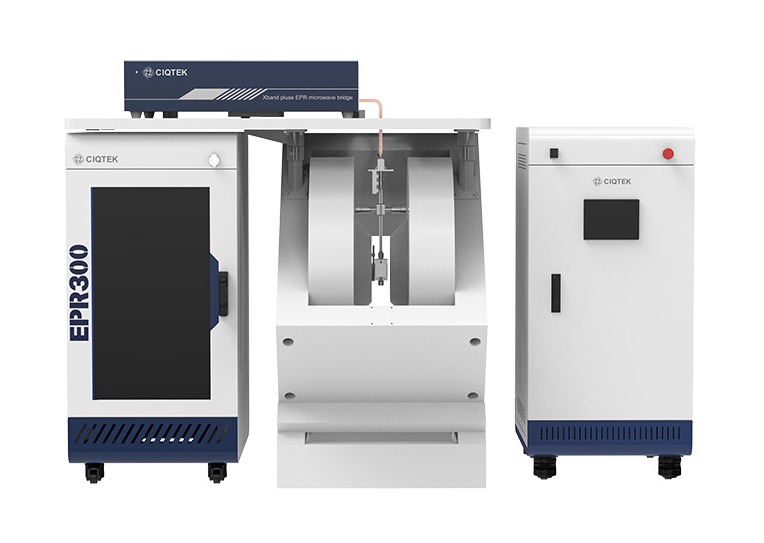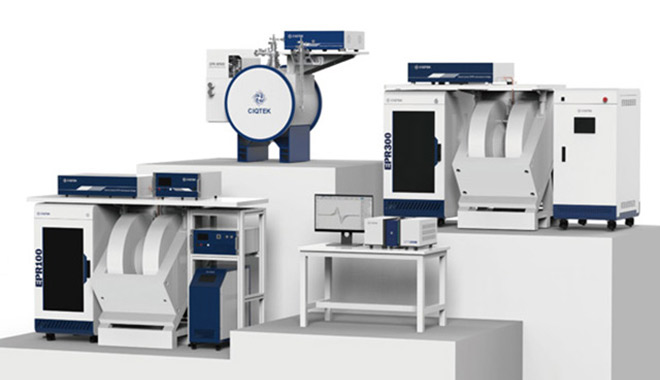Ready to give your space a fresh, modern vibe? With led track lighting fixtures, you can create a look that fits your style and needs. Track lighting gives you flexibility and design options that work in any room. You can save a lot on your electric bill, too:
-
You might cut energy use by 75% to 90% each year.
-
LEDs turn more power into light, not heat, so you get more brightness with less waste.
Proper installation makes a huge difference. When you start installing track lighting, you control both style and function. You’ve got this!
Key Takeaways
-
LED track lighting can help you save a lot of money. You can save about 75% to 90% on your energy bills. This makes it a good choice for your home. - You can change and control track lighting to fit your style. Smart technology lets you make the lights look special. You can also change the lights to fit what you need. - It is important to install and set up the lights the right way. This helps you get the best light in every room. - Clean your fixtures often to keep them shining bright. Taking care of them will help them last longer. - You can mix different fixture styles to make your lights work better. Using smart controls can also make your lights look nicer and work well.
Choosing LED Track Lighting Fixtures
Modern Design Trends
You want your space to look fresh and stylish, right? Modern trends in track lighting focus on flexibility and smart features. Take a look at this table to see what’s popular now:
|
Trend |
Description |
|---|---|
|
Customization |
Modular systems let you mix and match parts for a unique look and easy changes. |
|
Energy Efficiency |
Sustainable materials and tech help you save energy and boost performance. |
|
Smart Technology Integration |
Intelligent lighting adjusts to your schedule or room use, making life easier. |
If you love gadgets, smart controls in your track lighting system can change the mood with just a tap. Customization lets you swap out fixtures or move them around, so your room always feels new.
Fixture Types and Finishes
Choosing the right fixtures makes a big difference. You’ll find bold, artsy designs and sculptural shapes that stand out. Many people pick wall-mounted fixtures or floating styles for a sleek look. Stainless steel and chrome finishes add a modern touch, especially in kitchen track lighting. Unique forms can turn your lighting into a statement piece.
Tip: Big, eye-catching fixtures work well in open spaces. Smaller rooms look better with simple, streamlined designs.
Room Size and Lighting Needs
Room size matters when you plan your track lighting installation. Mount track lights at a height of 7 to 8 feet in most homes. Space fixtures 4 to 6 feet apart for even light. In narrow rooms, a straight line works best. For bigger areas, cluster fixtures to highlight special spots.
Here’s a quick guide for recommended brightness:
|
Room Type |
Recommended Lumens Range |
Key Purpose |
|---|---|---|
|
Living Room |
1,500–3,000 |
Relaxing, entertaining |
|
Kitchen |
5,000–10,000 |
Cooking, food prep |
|
Home Office |
3,000–6,000 |
Working, reading |
|
Bedroom |
1,000–2,000 |
Sleeping, dressing |
|
Bathroom |
2,000–4,000 |
Grooming, showers |
You keep your space safe and comfortable by following these tips. When you focus on choosing the right fixtures and layout, your led track lighting fixtures will shine in any room.
Track Lighting Installation
Setting up track lighting is not too hard. If you have the right tools and a plan, you can do it. Safety is important, so follow some tips. Let’s look at each step together.
Tools and Materials
Get your tools ready before you start. The right tools make the job easier and faster. Here is a list to help you:
-
Drill and drill bits
-
Screwdriver (flathead and Phillips)
-
Wire stripper
-
Measuring tape
-
Pencil or marker
-
Ladder
-
Fish tape (for running wires)
-
Safety goggles and gloves
Tip: Always check if your tools and lighting have safety certifications. Certified tools help keep you safe from electrical problems. They also make sure your work meets the rules.
Here is a table that shows some important certifications:
|
Certification |
Description |
Importance |
|---|---|---|
|
UL (Underwriters Laboratories) |
Recognized safety certification for lighting products in the U.S. and Canada. |
Reduces electrical hazards in installations. |
|
Energy Star |
U.S. government-backed certification for energy efficiency. |
Ensures lower energy use and higher quality. |
|
CE (Conformité Européenne) |
Indicates compliance with EU safety and environmental standards. |
Ensures safety and environmental protection in Europe. |
|
RoHS (Restriction of Hazardous Substances) |
Limits hazardous materials in electronic products. |
Ensures safety for users and the environment. |
|
FCC (Federal Communications Commission) |
Ensures compliance with electromagnetic interference limits. |
Prevents interference with other electronic devices. |
|
DLC (DesignLights Consortium) |
Focuses on high-efficiency commercial lighting products. |
Promotes energy efficiency and potential utility rebates. |
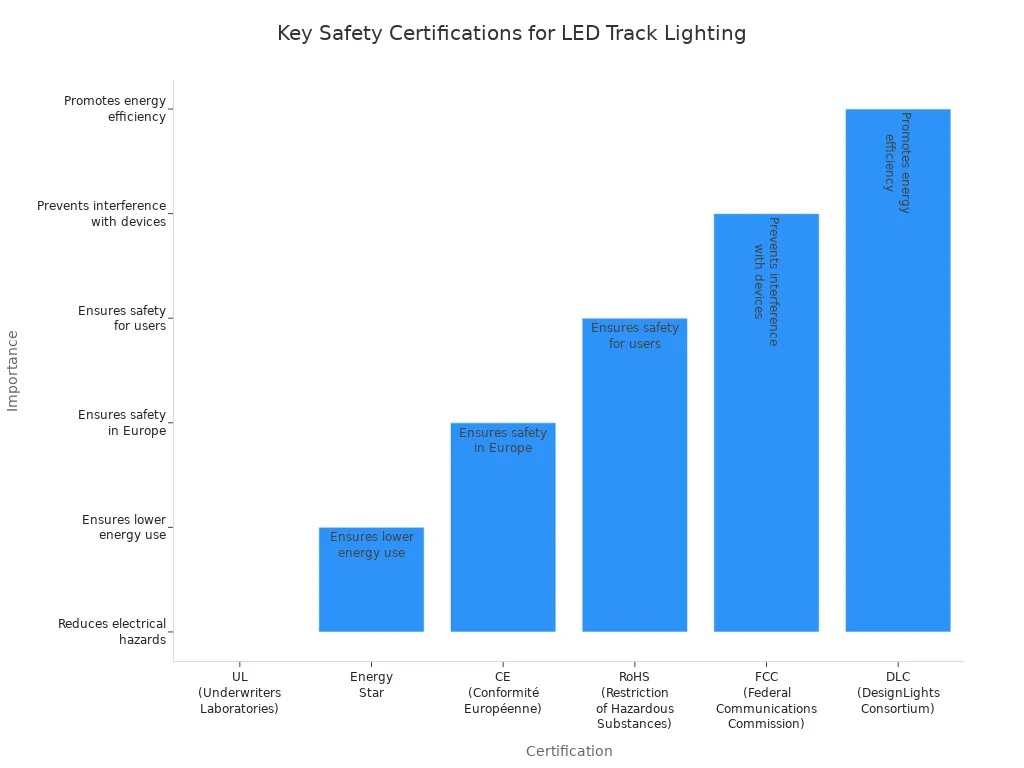
Planning Layout
A good plan helps your lights work well. Look at your room and think about what you want to light up. Here are some tips:
-
Assess Your Space: Check your room’s size and shape. See where you need more light.
-
Define Your Lighting Goals: Decide if you want to show off art, light a desk, or make the room feel cozy.
-
Choose the Right Fixtures: Use spotlights for small areas. Use floodlights for big spaces. Pendants add style.
-
Color Temperature and Bulb Selection: Warm white bulbs feel soft. Cool white bulbs are good for work.
-
Installation Tips: Put the track near things you want to highlight. Keep it at a safe height.
Think about how far the tracks should be from the wall. Here is what works best:
-
Place tracks 20 to 40 inches from the wall if your ceiling is normal height.
-
This makes it easy to point the lights where you want.
-
You will also stop glare on pictures or art.
Note: Measure two times before you drill holes. If you need to cut the track, use a hacksaw. Smooth the edges with a file.
Mounting and Wiring
Now you can put up your track lighting system. Follow these steps to stay safe and do a good job:
-
Remove Existing Fixtures: Take down old lights. Watch how the wires are connected.
-
Run the Electrical Cable: Drill a hole if you need to. Use fish tape to pull the cable from the switch box to the ceiling.
-
Mount the Tracks: Put the cable in the track. Mark where the screws go, drill holes, and attach the track to the ceiling.
-
Wire the Track System: Connect the ceiling wires to the track. Match the colors and make sure the wires are tight.
-
Attach and Aim Track Heads: Snap the lights into the track. Test the lights and point them where you want.
Safety Precautions: Always turn off the power at the breaker before you start. Wear safety goggles and gloves. Make sure you can reach the driver for future checks.
When you wire, follow the National Electrical Code (NEC). This code tells you how to wire, ground, and protect your system. Article 410 is about track lighting systems. Always ground metal parts to stop shocks. Use the right protection to keep your system safe.
Now you know all the steps for a safe and nice installation. With a good plan and the right tools, your led track lighting fixtures will make your room look great.
Customizing LED Track Lighting Fixtures
Adjusting Direction and Beam Angle
You have a lot of control with led track lighting fixtures. You can point the lights exactly where you want. This is great if you like to change your room or move your furniture. Adjusting the direction and beam angle lets you highlight a painting, a reading nook, or even your kitchen counter. When you focus the beam on a piece of art, you create a dramatic effect. The light seems to come from the artwork itself, making it pop. This is called artwork spotlight lighting, and it works well in living rooms, hallways, or galleries.
A smaller beam angle gives you a strong, focused light. Use this to show off a special feature or make a bold statement. A wider beam angle spreads the light out. This makes the room feel softer and more relaxed. For example, a 25-degree beam angle is perfect for highlighting a sculpture, while a 120-degree angle works better for general lighting in a big space. Always check that your angle-adjusting accessories fit your fixtures and match your room’s style. You can change the mood of a room just by turning or tilting the lights.
Tip: Try different angles and see how the light changes. You might find a new favorite look!
Mixing Fixture Styles
You do not have to stick with just one style on your track lighting system. Mixing different fixture styles gives you more options and makes your space interesting. You can use spotlights for tasks, pendants for style, and wall sconces for a cozy feel. This kind of customization lets you layer your lighting. You get both bright light for working and a soft glow for relaxing.
Interior designers often suggest these combinations for modern spaces:
-
Pendants, wall sconces, and accent lighting
-
Bright colors that match your room’s color scheme
-
Accent lighting to highlight cool features or artwork
-
Unique wall sconces and warm lights for a cozy mood
When you mix styles, you can create a look that is all your own. You can even use kitchen track lighting with bold pendants and sleek spotlights to make your kitchen stand out.
Smart Controls and Dimmers
Smart controls make your lighting easy to use and fun to play with. You can control your lights with a remote, your phone, or even your voice. Many led fixtures now come with smart features. You can dim the lights, change the color temperature, or set a schedule. This helps you save energy and makes your home more comfortable.
Here is a quick look at some smart features you might find:
|
Feature |
Description |
|---|---|
|
Light beam |
Zoomable from 15° to 38° |
|
Control system |
Smart remote-controlled system |
|
Dimmability |
Dimmable LED Track Light |
|
Color Temperature (CCT) |
Changeable from 2700K to 6000K |
|
Lighting head |
360° rotatable |
|
Vertical adjustment |
90° adjustable |
Smart controls let you set the mood for any time of day. You can dim the lights for movie night or brighten them for homework. Dimmers also help you use less electricity, which means lower bills. You can even track your energy use and make better choices. Setting up scenes or schedules adds convenience and makes your lighting work for you.
Note: Smart dimmers and controls are easy to add during installation. Always follow safety tips and check that your system is compatible.
Color Temperature and Brightness
Color temperature and brightness change how a room feels. Warm light (2700K to 3000K) makes a space feel cozy and inviting. Cool light (above 4000K) helps you stay alert and focused. You can pick the right color temperature for each room:
|
Space |
Recommended Color Temperature (K) |
|---|---|
|
Living Room |
2700K - 3000K |
|
Kitchen |
2700K - 4000K |
|
Office |
3000K - 5000K |
You can also adjust the brightness to match what you are doing. Use bright, ambient lighting for cleaning or working. Switch to softer light for relaxing or watching TV. Layering your light—using ambient, task, and accent lighting—gives you the most control. For example:
-
Ambient lighting sets the mood and fills the room with light.
-
Task lighting helps you see better for cooking or reading.
-
Accent lighting draws attention to special features or decorations.
With the right setup, your track lighting can do it all. You get style, comfort, and flexibility in every room.
Maintenance and Troubleshooting
Cleaning and Care
Keeping your LED track lighting clean helps it shine bright and last longer. Dust and dirt can block the light and make your room look dull. You should clean your fixtures regularly, just like you would with any other lights. Dirty lenses or covers can lower the amount of light you get, so a quick cleaning makes a big difference.
Here’s a simple way to keep your lights in top shape:
-
Gather a microfiber towel. This soft cloth will not scratch your fixtures.
-
Turn off the power and let the lights cool down before you start.
-
Use a sturdy ladder. Ask someone to help if you need extra support.
-
Mix a mild cleaner with warm water. Only use this on parts you can remove. Keep water away from wires and electrical parts.
-
After cleaning, check that all screws and parts are tight and secure.
Tip: Make cleaning your track lighting a regular task. You will keep your space bright and safe!
Common Issues
Sometimes, you might notice your lights flicker, look dim, or stop working. Most problems have easy fixes. Here are some common issues and what you can do:
-
Clean the track and fixtures often. Dust can cause connection problems.
-
Do not overload the track. Stay within the wattage limit to avoid trouble.
-
Make sure there is space around the lights. Good airflow stops them from getting too hot.
-
Replace dim bulbs right away. This keeps the driver from working too hard.
-
If a light will not turn on, check the power source and clean the contacts.
-
Flickering lights? Make sure your bulbs work with your dimmer switch. Some LEDs need special dimmers.
-
If you hear buzzing or see dim light, you might need a new driver or bulb.
-
If you cannot fix the problem, call a professional for help.
Note: Always use bulbs and dimmers that match your system. This helps your track lighting work its best.
You can transform any room with LED track lighting. Here’s a quick recap of the main steps:
-
Plan your layout and measure your space.
-
Install the track securely on the ceiling.
-
Connect the wiring as the instructions show.
-
Add and adjust your lights for the perfect look.
Modern LED track lighting gives you style, energy savings, and smart control. You can customize your setup to fit your needs. Check out some top reasons to start your project:
|
Motivation |
Description |
|---|---|
|
Versatility |
Adjust and direct light where you want it. |
|
Aesthetically Pleasing |
Modern design boosts your room’s style. |
|
Energy Efficiency |
Save money with LED bulbs. |
|
Adaptable |
Change your lighting as your space changes. |
|
Task Lighting |
Focus light for work or hobbies. |
Ready to brighten your home? Start your LED track lighting project today and enjoy a space that feels both modern and personal! ✨
